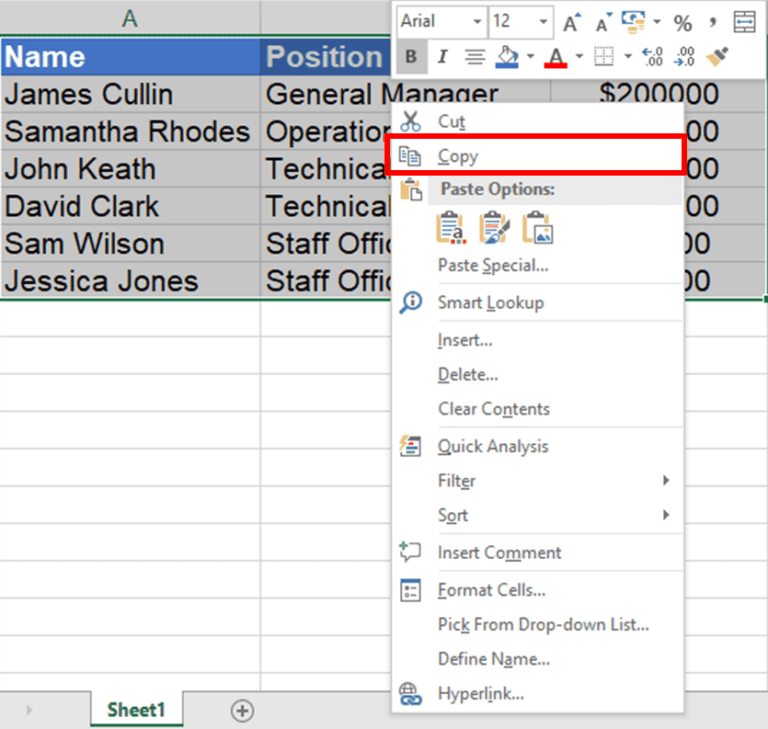5 Steps to Master Oasis Paperwork Processing

Understanding the Importance of Oasis Paperwork

Before we dive into the steps for mastering Oasis paperwork processing, let's understand why it is crucial in the healthcare industry. Oasis, or Outcome and Assessment Information Set, is a comprehensive data collection tool that home health providers use to assess patient health, plan care, and measure outcomes. Accurate processing of Oasis paperwork ensures that:
- Patient Care is tailored to individual needs.
- Agencies receive proper reimbursement from Medicare.
- Quality of care is monitored and maintained.
Step 1: Familiarize Yourself with Oasis

Start by developing a strong foundation in Oasis:
- Review the Oasis User's Manual provided by the CMS (Centers for Medicare & Medicaid Services).
- Take part in training sessions, either in-person or online, offered by CMS or through your agency.
- Understand the different Oasis forms, such as:
- Oasis-D1
- Oasis-C2
Step 2: Accurate Data Entry

Accuracy is paramount in Oasis paperwork. Here's how to ensure your data entry is impeccable:
- Enter data directly from the patient assessment, minimizing any transfer errors.
- Use validated and up-to-date reference materials to complete assessments.
- Double-check critical areas like patient's functional status, clinical measures, and therapies.
- Implement a system for error-checking, such as peer review or automated validation tools.
Step 3: Time Management

Processing Oasis paperwork can be time-consuming, but efficient time management will help:
- Plan your day to allow sufficient time for assessment, documentation, and data entry.
- Set realistic deadlines for completing Oasis assessments.
- Use scheduling tools or apps to keep track of assessments due dates.
- Prioritize visits based on the urgency of the assessments needed.
Step 4: Collaboration and Communication

Oasis data doesn't exist in a vacuum; it affects multiple facets of patient care:
- Communicate regularly with:
- Physicians
- Other health professionals
- Therapy teams
- Hold case conferences to review and plan patient care based on Oasis findings.
- Ensure team members understand their role in Oasis assessments and outcomes.
Step 5: Review and Revise

Continuously revising your approach is crucial for mastering Oasis paperwork:
- Assess your performance in Oasis completion regularly.
- Learn from common errors by analyzing them during review sessions.
- Keep up with CMS updates and changes to Oasis protocols.
- Seek feedback from colleagues or supervisors to improve accuracy and efficiency.
✍ Note: Regular training and self-assessment are key components of staying proficient with Oasis.
Now that you've followed these steps, you're well on your way to mastering the art of Oasis paperwork processing. By understanding the significance, maintaining accuracy, managing time, fostering collaboration, and continuously reviewing your process, you'll not only ensure compliance but also provide the highest level of care for your patients.
What is the main purpose of Oasis paperwork?

+
Oasis paperwork serves to assess patient health, plan care, and measure outcomes to ensure tailored patient care, appropriate reimbursement, and quality of care.
How can I ensure data entry accuracy in Oasis assessments?

+
Enter data directly from the assessment, use validated reference materials, double-check critical data, and implement error-checking systems.
Why is time management important in Oasis paperwork?

+
Effective time management ensures assessments are completed on time, which is essential for accurate and timely care planning, reimbursement, and compliance.
How does collaboration impact Oasis processing?

+
Collaboration ensures that all team members are aware of and contribute to the care plan, improving patient outcomes and the quality of care delivered.



